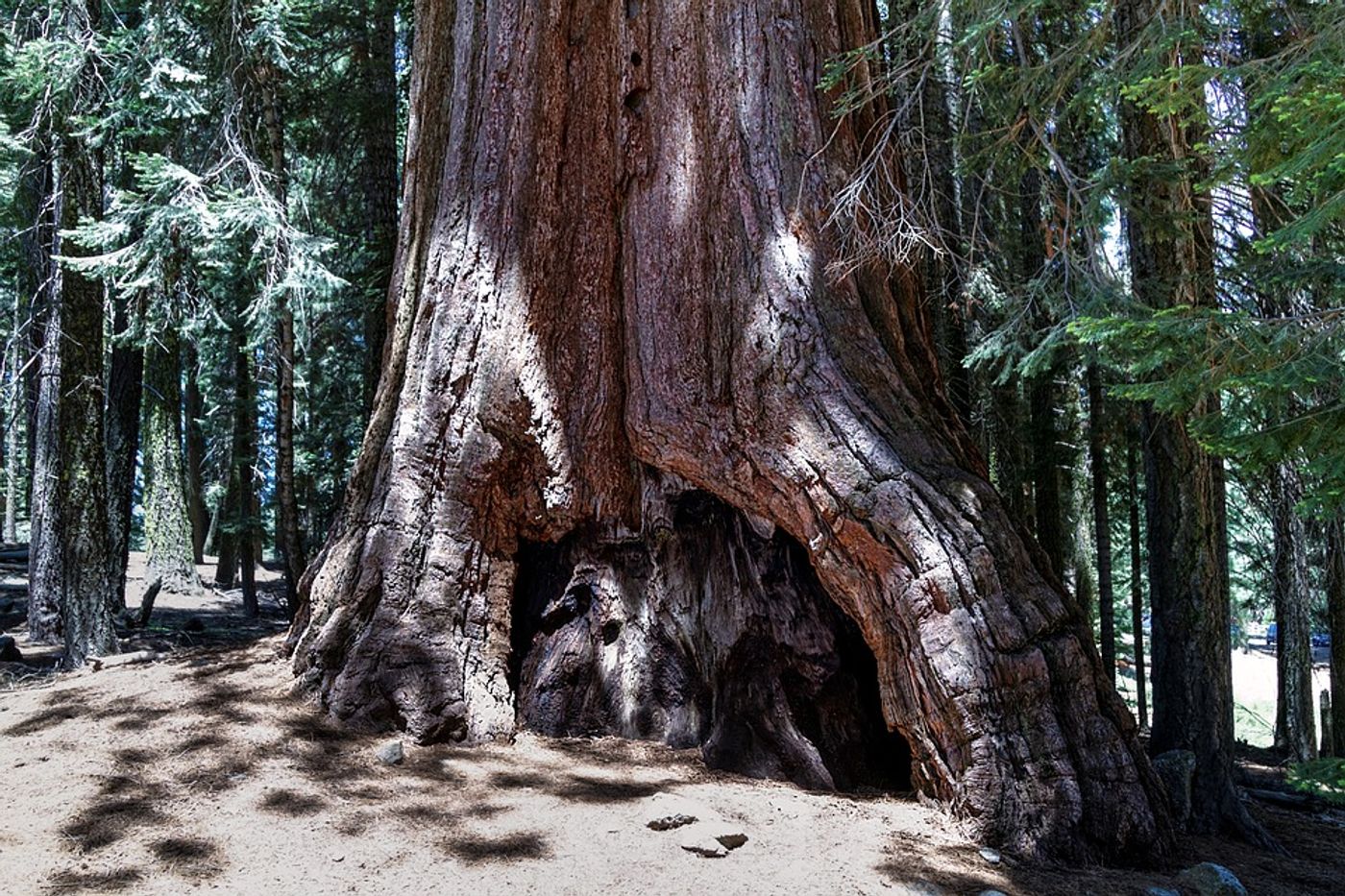National parks are suffering from air pollution
According to a recent report from the National Parks Conservation Association (NPCA), almost every one of our national parks is adversely impacted by air pollution and climate change. The report is entitled “Polluted Parks,” and it determined that 96% of national parks are affected by poor air quality and 89% are suffering from haze pollution. That includes the country’s favorites, like Sequoia, Kings Canyon, Joshua Tree, and Mojave national preserve, where last year ozone levels spiked dangerously high during peak summer months.
This is an issue of public health but also a threat to biodiversity and an exacerbation of climate change. According to the report, elevated levels of air pollution were a direct threat to sensitive species in 88% of parks; wildfire and drought also cause significant concerns and air quality is directly related to these environmental factors.
“We are not doing right by the places that we most cherish,” said Stephanie Kodish, the Clean Air program director for the NPCA. “By protecting these places we are protecting each other, our communities and we are protecting the planet,” she says.
This is not the first study that has exposed the air pollution problems that parks are facing. Last year a different study found that air pollution in parks over the past twenty years has been comparable with that of the 20 largest major metropolitan cities, including Los Angeles and Houston.
Despite the fall in pollution enforcement from the EPA that has happened during the Trump administration, the Clean Air Act requires states to protect national parks and experts are hopeful that new regulations will help reduce air pollution in the near future. One such regulation is the Regional Haze Rule, which, according to The Guardian, requires states to “submit updated plans for how they will address the pollution affecting the parks by 2021, and clean up their acts by 2028. The rule, implemented in 1999, set goals to return the air quality in parks to pre-pollution levels by 2064.”
“I hope that people think about our national parks as bipartisan unifiers. That the connection to our national parks is one that can help preserve our future, our history, our culture,” said Kodish. “For the American people, they should serve as a reminder – and a warning cry.”
Sources: The Guardian, National Parks Conservation Association









